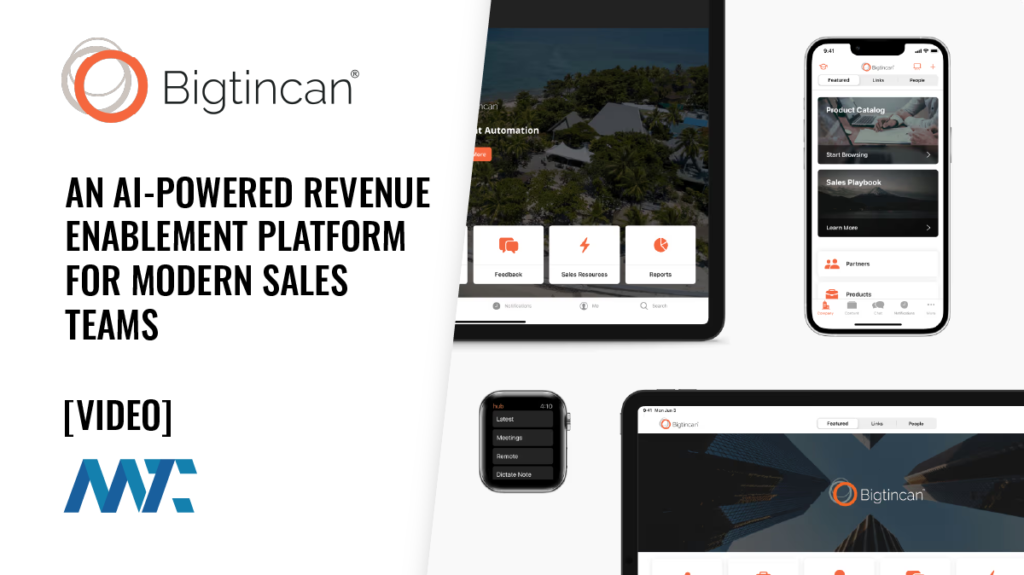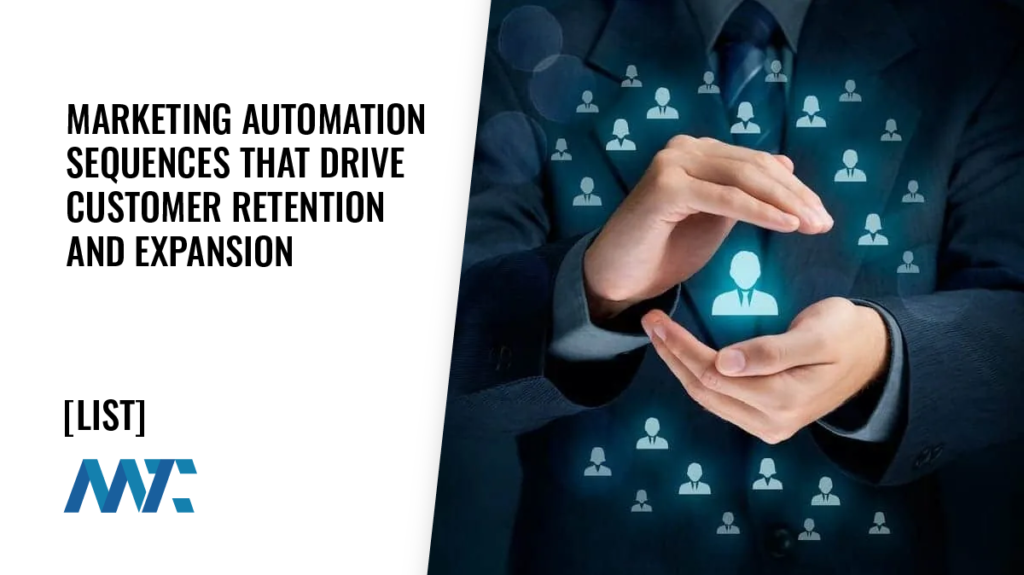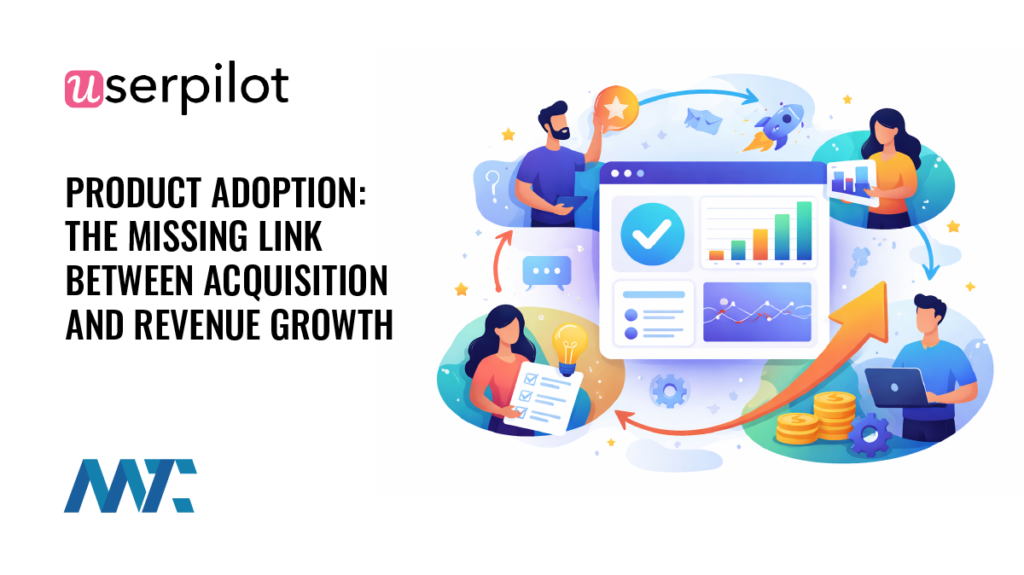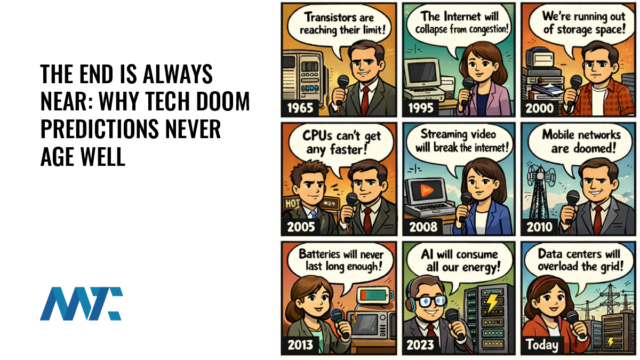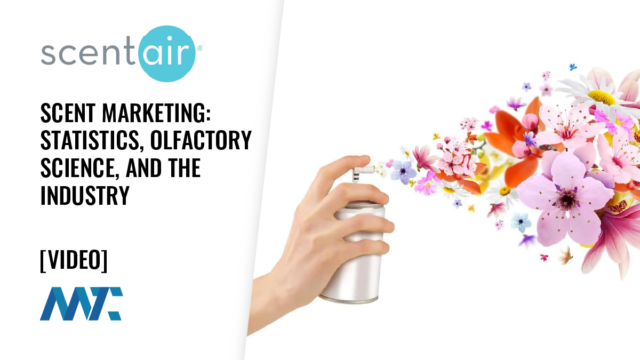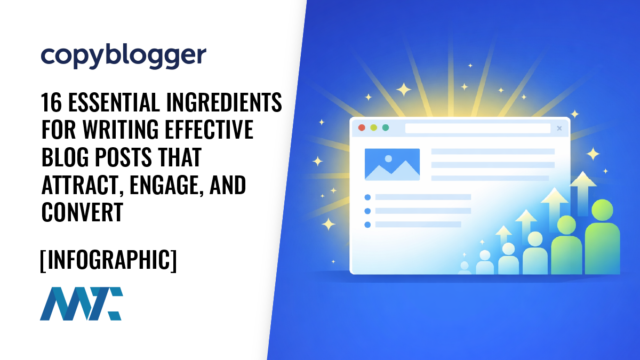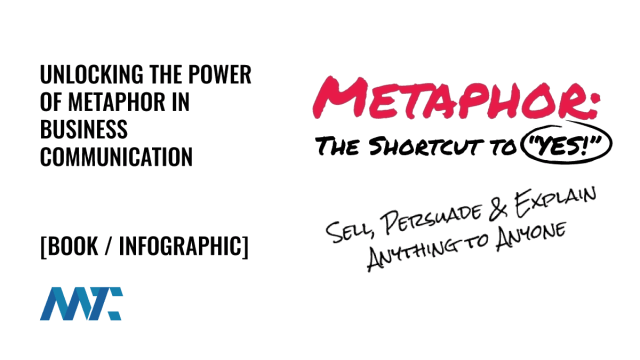The Essential Email Campaigns Every B2C Marketer Must Launch (And How to Get Them Right)

For B2C businesses, email remains one of the most direct and profitable marketing channels. While social media and paid advertising capture attention, email earns trust and drives conversions. To fully capitalize on email’s potential, B2C marketers must move beyond simple newsletters and embrace automated, behavior-triggered campaigns that create seamless customer experiences.
Below are the seven types of emails every B2C brand should be sending, along with best practices to maximize performance for each.
Table of Contents
Welcome Emails
The welcome email is your first and most critical opportunity to establish a positive relationship with a new subscriber or customer. Studies consistently show that welcome emails generate higher open and click-through rates than almost any other type of message.
Best Practices:
- Send immediately after a user signs up—ideally within minutes.
- Use a friendly tone that reflects your brand voice.
- Set expectations for the type of content subscribers will receive.
- Include a special offer, discount, or piece of premium content as a thank-you.
- Guide users to take the next step (e.g., browse products, follow on social, or complete their profile).
A well-structured welcome series (1–3 emails) can nurture leads more effectively than a single message, helping to introduce your brand values over time.
Purchase Confirmations
Purchase confirmations are not just transactional necessities—they’re valuable touchpoints to reinforce trust and start post-sale engagement.
Best Practices:
- Immediately confirm the order with clarity on what was purchased, payment received, and the expected delivery timeline.
- Use clean, mobile-optimized layouts with clear contact or help center links.
- Offer product recommendations or “You might also like” suggestions to drive add-on sales.
- Include links for easy tracking and account login, reducing support friction.
Because customers are expecting these emails and are actively engaged with your brand, confirmation messages typically have some of the highest open rates.
Shipping Confirmations
Shipping emails keep customers informed after their order leaves your warehouse. They offer peace of mind and continued brand engagement.
Best Practices:
- Include tracking numbers, expected delivery dates, and links to carrier websites.
- Reassure customers with timely updates if delays occur.
- Maintain a positive tone and offer upsell opportunities or refer-a-friend links.
- Add estimated delivery countdowns or visual trackers to enhance the user experience (UX).
Customers who receive accurate, real-time updates are more likely to return and less likely to file support requests.
Cart Abandonment Emails
Cart abandonment emails target customers who have shown purchase intent but left without completing their transaction. These emails can recover significant lost revenue.
Best Practices:
- Send the first reminder within one hour of abandonment and follow up with one to two additional emails spaced over 24 to 72 hours.
- Use urgency-driven language or highlight low-stock warnings.
- Include a compelling product image, cart summary, and a clear call-to-action.
- Consider including a limited-time discount or free shipping incentive in the second or third message.
These emails work best when personalized, timely, and tailored to the specific products left behind.
Reminder Emails
Reminder campaigns serve as gentle nudges at key moments in the customer journey—whether it’s renewing a subscription, restocking on consumables, or completing a profile.
Best Practices:
- Set up time- or behavior-based triggers to automate these messages.
- Tailor content based on customer lifecycle data (e.g., last purchase date or inactivity period).
- Reinforce the value or benefit of taking action (e.g., Your refill is ready or Your membership expires soon).
- Add urgency with countdowns or expiring offers.
Reminders should feel helpful, not pushy—position them as part of your customer service rather than a hard sell.
Birthday and Anniversary Emails
Celebratory emails tied to birthdays or brand anniversaries are opportunities to delight your customers with personalized content and exclusive perks.
Best Practices:
- Collect birthdates or customer sign-up anniversaries during account creation or through profile updates.
- Offer something valuable, such as a one-time discount, gift, or early access to a sale.
- Use warm, festive visuals that reinforce the celebratory tone.
- Make redemption easy and the expiration date clear.
These types of emails enhance brand affinity and foster customer loyalty, often boosting engagement well beyond that of typical campaigns.
Re-engagement Emails
When customers go dormant, re-engagement emails offer a final chance to win them back before you clean your list. These campaigns should offer a reason to re-open the relationship.
Best Practices:
- Segment inactive subscribers (e.g., no opens or clicks in 90+ days).
- Use a provocative subject line or exclusive offer to grab attention.
- Keep the message short, direct, and focused on benefits.
- Provide a clear call to action and an easy path to resubscribe, browse, or shop.
- Include an opt-out link if they no longer wish to receive emails.
Re-engagement campaigns not only help recover lost customers, but also improve deliverability by keeping your list clean and engaged.
According to industry research, behavior-based and personalized email campaigns drive a significant portion of revenue for B2C brands. Over 75% of email revenue comes from triggered campaigns, and personalized emails outperform generic ones across nearly all metrics. For brands ready to embrace automation and customer data, the seven campaigns listed above form the backbone of a highly effective email marketing strategy.
Campaign Monitor has visually summarized this lineup of must-send B2C emails in the infographic below.


